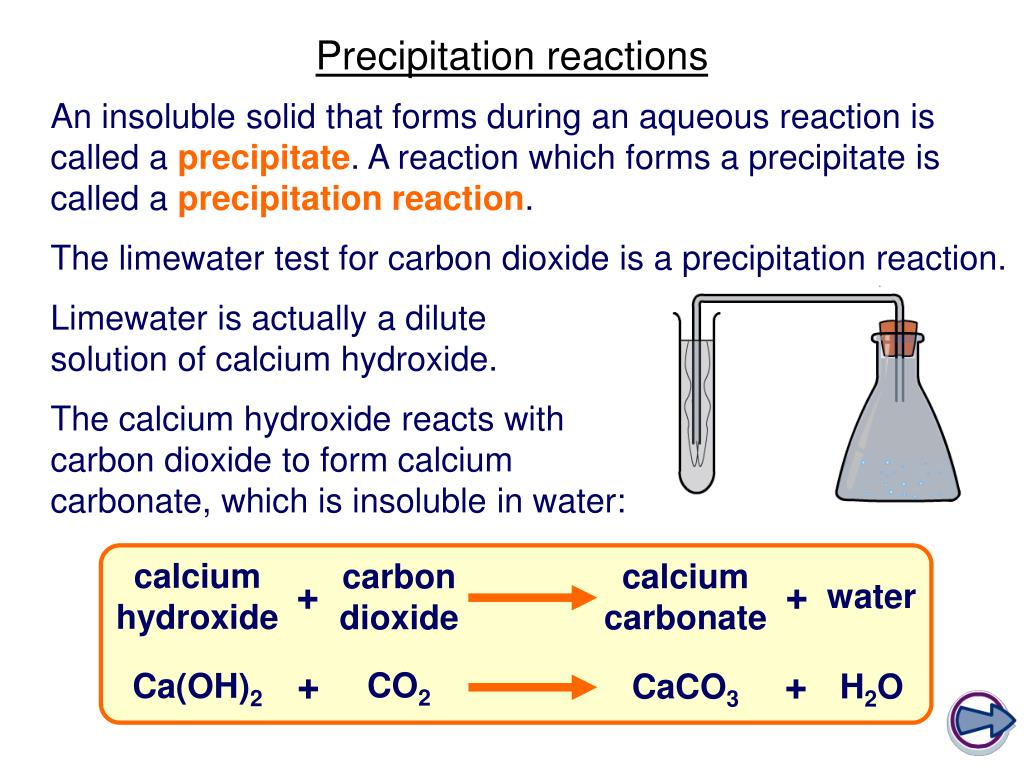

Many igneous rocks like granite are used as building materials as they come in beautiful shades.The old rocks of the great Indian peninsula are rich in these crystallised minerals or metals.Amygdales are almond-shaped bubbles formed in basalt due to escape of gases and are filled with minerals.The minerals of great economic value found in igneous rocks are magnetic iron, nickel, copper, lead, zinc, chromite, manganese, gold, diamond and platinum.Since magma is the chief source of metal ores, many of them are associated with igneous rocks.Basalt, gabbro and dolerite are typical examples.Not being very hard, these rocks are weathered relatively easily. Presence of heavy elements imparts to these rocks a dark colour.This flow and cooling give rise to plateaus. Due to low silica content, the parent material of such rocks cools slowly and thus, flows and spreads far away.These rocks are poor in silica (about 40 per cent) magnesia content is up to 40 per cent, and the remaining is spread over iron oxide, lime, aluminium, alkalis, potassium etc.Granite, quartz and feldspar are typical examples.Add rocks are hard, compact, massive and resistant to weathering.High mountains are formed of this type of rock.Due to the excess of silicon, acidic magma cools fast, and it does not flow and spread far away.These rocks constitute the sial portion of the crust.Hence, they are less dense and are lighter in colour than basic rocks. These rocks have a lesser content of heavier minerals like iron and magnesium.The rest is divided among aluminium, alkalis, magnesium, iron oxide, lime etc.Acidic rocks are characterised by high content of silica (quartz and feldspar) - up to 80 per cent.Dyke rocks are semi-crystalline in structure.These rocks occupy an intermediate position between the deep-seated plutonic bodies and the surface lava flows.

Hypabyssal or Dyke Rocks or Intermediate rocks of iron, aluminium or magnesium, and are thus denser and darker in colour. Basic rocks contain a greater proportion of basic oxides, e.g.The Deccan traps in the Indian peninsular region is of basaltic origin.Such rocks are called extrusive rocks or volcanic rocks (e.g.Sudden cooling of magma just below the surface or lava above the surface results in small and smooth grains in rocks as rapid cooling prevents crystallisation, as a result, such rocks are fine-grained.These rocks appear on the surface only after being uplifted and denuded.Įxtrusive igneous rocks (Lava or Volcanic rocks).Such rocks are called intrusive rocks or plutonic rocks (e.g.If magma cools slowly at great depths, mineral grains formed in the rocks may be very large.There are two types of rocks based on the presence of acid-forming radical, silicon, acidic rocks and basic rocks.There are three types of igneous rocks based on place and time taken in cooling of the molten matter, plutonic rocks, volcanic rocks and intermediate rocks.Granite, gabbro, basalt, are some of the examples of igneous rocks.Having their origin under conditions of high temperatures the igneous rocks are unfossiliferous.Rocks formed out of solidification of magma (molten rock below the surface) and lava (molten rock above the surface) and are known as igneous or primary rocks.The solidification of magma formed the first rocks on earth.


 0 kommentar(er)
0 kommentar(er)
